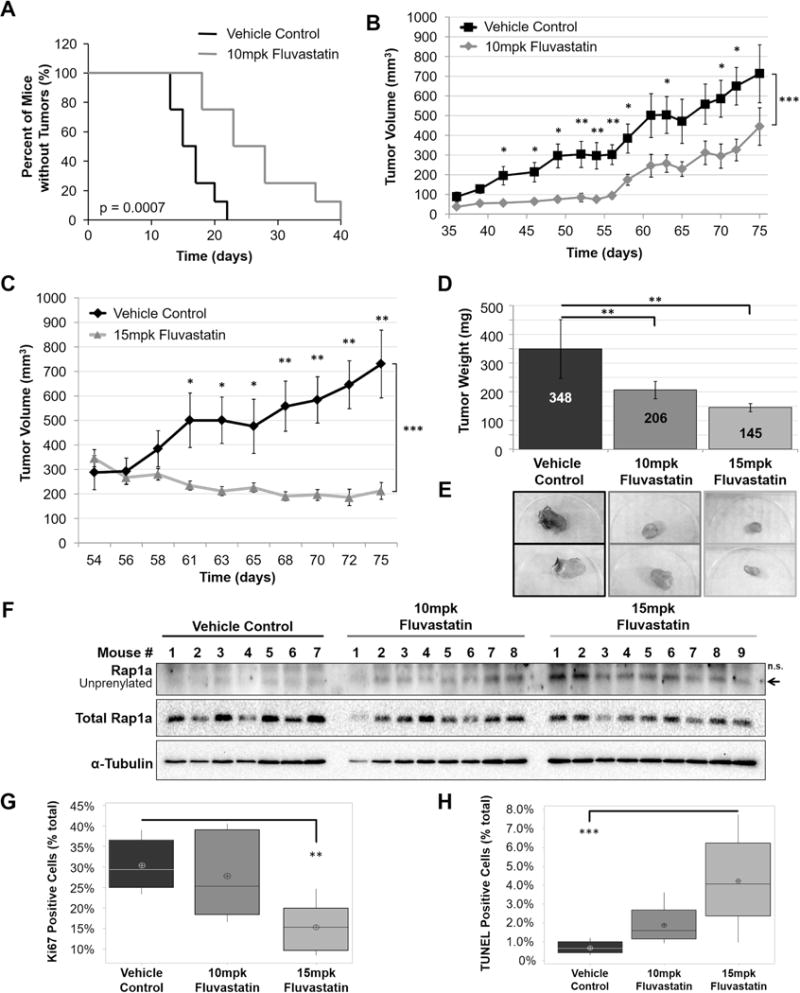Figure 6. Fluvastatin prevents tumor initiation and inhibits tumor growth in vivo.

(a) 5 × 106 786-OT1 cells were injected subcutaneously into 25 RAG1 mice. The mice were then randomized into three groups: vehicle control (n=8), 10mpk Fluvastatin (n=8), and no treatment (n=9). Treatment was administrated immediately for the vehicle control and 10mpk Fluvastatin groups. 10mpk Fluvastatin treatment inhibited tumor initiation (a) as shown by Kaplan Meier analysis and inhibited tumor growth (b). When the “vehicle control” and “no treatment” tumors reached approximately 300mm3, 15mpk Fluvastatin treatment was initiated for the “no treatment” group, which inhibited tumor growth (c). (d) Administration of Fluvastatin to both groups (10mpk and 15mpk) resulted in reduced tumor weight in comparison to vehicle-control group at sacrifice. (e) Representative images of tumors. (f) Representative western blot of two showing that 10mpk and 15mpk Fluvastatin treatments resulted in appearance of unprenylated Rap1a in the tumor samples in comparison to the vehicle control, indicating that the drug was effectively delivered to the tumors. Administration of 15mpk Fluvastatin resulted in (g) decreased proliferation measured by Ki67 staining and (h) increased apoptotic cell death measured by TUNEL assay in comparison to vehicle-control group at sacrifice. Statistical analysis in (a) was conducted using Log-rank (Mantel-Cox) Test (p = 0.0007) and Gehan-Breslow-Wilcoxon Test (p = 0.0015). Statistical analysis in (b-c) was conducted using a paired t-test between doses and a two-way ANOVA comparing the response of each treatment group over time. Statistical analysis in (d, g, h) was conducted using a one-way ANOVA comparing treatments. (* p < 0.05, ** p < 0.01, *** p < 0.001) and Dunnett post-hoc with vehicle set as the control group. SEMs are shown.
